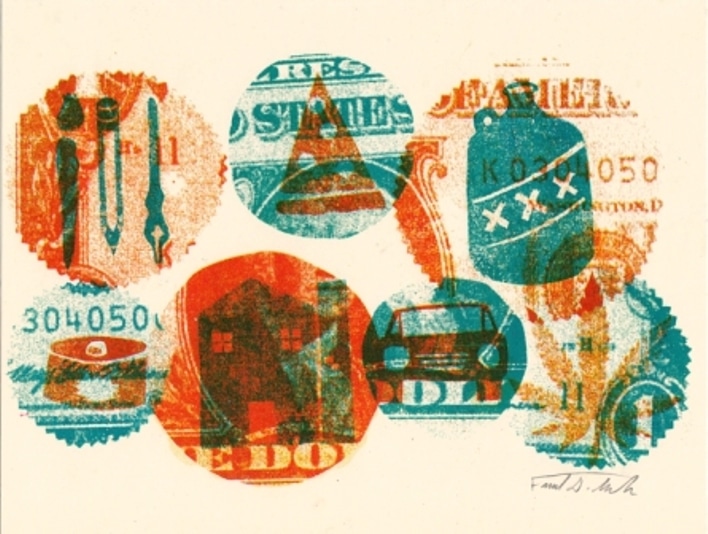Two weeks ago I talked about the basic first step to being able to build a budget that will work. Tracking your expenses. I will reiterate how important this is if you want your budget to be successful. Trying to guess what you spend in certain categories will fail horribly. You’ll be short in certain areas and way over in others.
Now that you’ve tracked your expenses for a minimum of three months, you’re ready to build a budget that works!
Categories
With your three months spending in front of you, you will need to divide all of your expenses into categories.
The basic categories can include:
- Rent/Mortgage
- Transportation (car payments, public transit pass, parking fees)
- Gas
- Insurance(s)
- Food
- Entertainment
- Pets
- Medical
- Cell phones/cable/internet
- Heat
- Electric
- Gas
- Water
- Childcare
- Children Expenses
- Personal care (haircuts, clothing etc)
- Other expenses (possibly work related)
- Debts
- Savings (everything from true savings to vacation funding to retirement)
The next step in building a budget is to further break down your categories down between ‘fixed’ and ‘variable’ expenses.
Fixed expenses will include all purchases and spending that is ‘fixed’ in the sense that you cannot change the amount from month to month. Prime example, rent or mortgage payment. Every month that same $1000 will be withdrawn from your account.
A variable payment, is a payment or expense that either fluctuates or you have control over. An example being groceries. You will likely not spend the exact same amount every month and you have control over your purchases, you can increase or decrease this category as needed.
When listing debts, make sure you only include the minimum payment under fixed expenses. Additional debt payments should be listed under variable since you have control over how much and when to make additional payments.
We’ll discuss fixed and variable expenses more next week.
Dealing With Non-Monthly Bills
If you have bills that are not monthly bills how you deal with them may vary. If, for example, your auto insurance is paid in full once per year, I suggest taking the estimated amount (based on last years payment) and setting aside the amount required once a month as a fixed expense so when the annual bill comes you have the money set aside.
Another option, if you are paid bi-weekly is to set aside your two ‘additional’ pays per year to cover these annual expenses. There is no right or wrong way to build a budget, whatever works for you.
Time To Add!
Once you’ve organized your bills, expenses and purchases, time to get out your calculator!
With your tracked expenses in front of you, start with individual categories, for example, food, and add all your food purchases up. Once you’ve added everything up and divided by three to get your monthly average, this amount will be the starting point for your initial budget.
Do this for all of your categories until all of your bills, expenses and purchases have been accounted for.
Organizing Your Budget
How one organizes their budget will vary between individuals. I’ve tried fancy software and computer programs but I keep going back to an excel sheet my husband made us years ago. Other like pen and paper. Whatever you like, just find a system that works for you! Don’t make it too complicated, simple is fine the important part is just build a budget.
With your categorical averages now calculated, you can now start to build a budget!
Building a Budget
The starting point of building a budget will simply be inputting all of the averages you just calculated into your budget of choice. Since these are your spending habits averaged over the last three months it’s a great starting point to look for changes.
With your income(s) listed at the top, simply deduct the monthly averages for ALL expenses you just calculated.
Example:
Net Income: $3,500
Rent: $850
Groceries: $425
Eating Out: $200
Car Payment: $350
Gas: $200
Entertainment: $200
Childcare: $600
Personal Care: $100
Debts: $900
Difference: -$325.00
It’s that simple. Or is it?
Next week we will discuss what to do once you’ve calculated the difference between your net income and expenses. Don’t fret just yet if you find yourself in the red, we’ll look for areas to help in trimming your budget.
[Featured Image courtesy of http://dribbble.com/manvsink]









